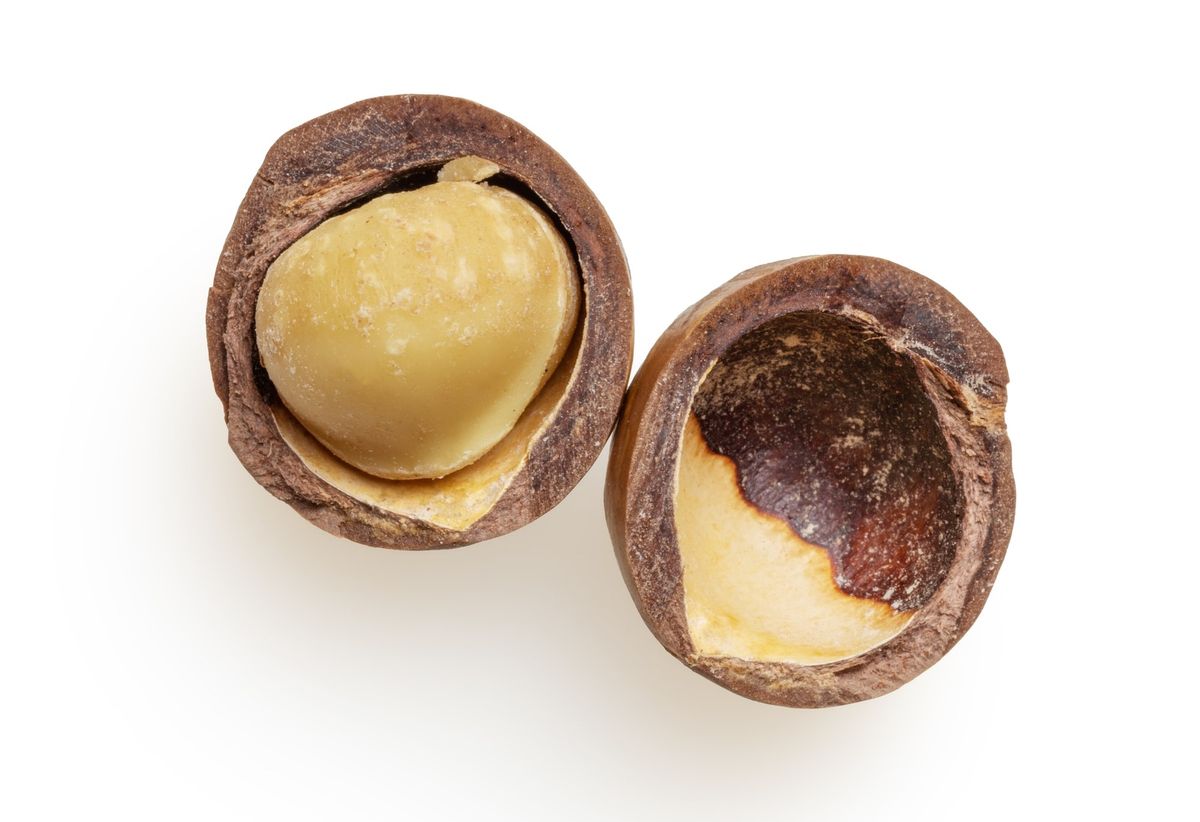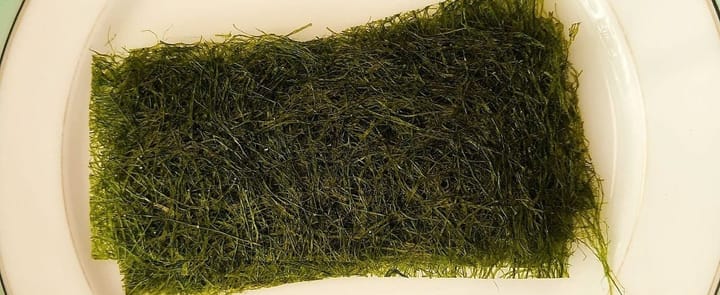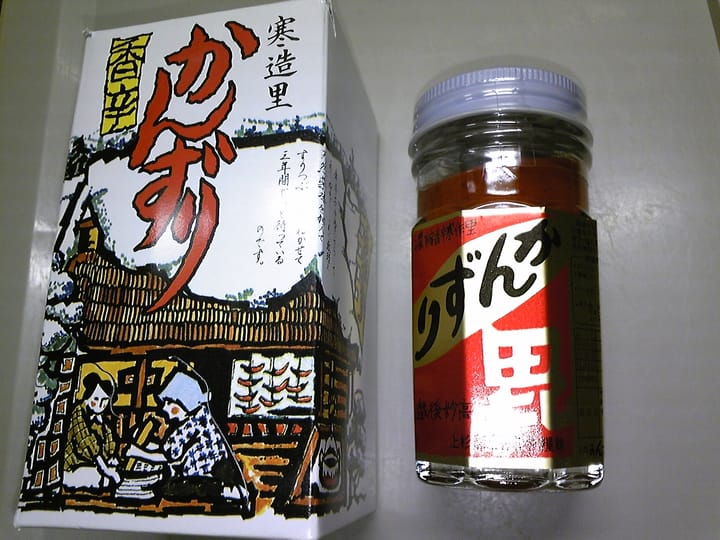Macadamia Nuts: Here's Why It's So Expensive
Holding the title of one of the world's most expensive nuts, a pound of macadamia nuts, priced around $25, reflects its slow cultivation, regional growing peculiarities, and meticulous harvesting, outclassing other nuts like almonds in cost and setting new price benchmarks annually.

Boasting the title of one of the world's priciest nuts, a mere pound of macadamia nuts can carry a price tag of around $25, effortlessly outpacing the cost of other nut varieties such as almonds, with its value soaring and setting new price benchmarks with each passing year.
Revered as a premium dessert nut courtesy of its lush, buttery essence, macadamia nuts have carved a niche as a beloved indulgence and a fashionable import in nations like China and the United States.
Macadamia nuts are a luxurious and highly sought-after nut known for their rich flavor and high nutritional value.
What Are Macadamia Nuts?
Macadamia nuts are the edible seeds harvested from trees belonging to the Macadamia genus, native to Australia, specifically in northeastern New South Wales and central to southeastern Queensland.
They are renowned for their rich, buttery flavor and nutritional value. These nuts are encased in a hard, woody shell, marking them as a cherished yet expensive nut variety in the global market.
Two of the four species within this genus, Macadamia integrifolia and Macadamia tetraphylla, are commercially cultivated for their fruit, which are commonly referred to as macadamia nuts or simply macadamias.
History and Origin
The macadamia nut, native to northeastern Australia, was first encountered by Europeans in 1828 when Allan Cunningham stumbled upon the plant.
The name "Macadamia" was bestowed by German-Australian botanist Ferdinand von Mueller in 1857, honoring his friend John Macadam, a distinguished scientist in Australia.
Indigenous to Queensland's regions, macadamia trees have naturally flourished, with their nuts being a part of the local diet for Australia's First Nations Peoples for about 65,000 years.
Revered by the indigenous populace of Fraser Island, Queensland, around 60 million years ago, macadamia nuts were ceremonial gifts and trade commodities among tribes.
Why are Macadamia Nuts Expensive?

The Tedious Journey to Harvest
The journey to harvesting macadamia nuts is both lengthy and intricate. Of the ten macadamia tree species, only Macadamia integrifolia and Macadamia tetraphylla yield the valued nuts.
The trees demand patience, taking seven to ten years to start nut production.
Unlike other nuts, macadamias have a flowering window of four to six months, with nuts maturing at diverse times, necessitating meticulous hand-harvesting five to six times a year.
The robust shell, serving as a natural shield, complicates the identification of ripe nuts, adding to the labor and cost of the harvesting endeavor.
Origin and Pricing Implication
Emerging from the nutrient-rich soils of northeastern Australia, macadamia nuts, initially termed "Kindal Kindal" by native Australian aboriginals, embarked on a commercial journey in Hawaii's welcoming climate.
The seamless blend of warm weather, abundant rain, and fertile soil of Hawaii paved the way for the cultivation of this gourmet nut.
Transitioning to a global luxury came with the need for certain geographical conditions which are pivotal for macadamia growth, adding a layer of exclusivity and expense.
The logistical costs involved in either replicating such growth conditions or transporting these treasured nuts worldwide substantially contribute to their premium market price.
The Demand and Dietary Niche
The escalating popularity of macadamia nuts is significantly tied to their nutritious profile.
They stand out with a high fat content, composed of 80% oil and 4% sugar, making them particularly appealing to health aficionados and adherents of the Keto diet, which favors good fats.
Dismissing earlier health concerns over their fat content, it's now recognized that a majority of this fat is cholesterol-free and contains metabolism-boosting palmitoleic acid, which also aids in regulating insulin levels.
With their creamy and buttery essence, macadamia nuts have become a prized dairy substitute, especially among vegans, further driving their demand and price in the market.
Import and Geographic Limitations
The cultivation of macadamia trees is tethered to specific climate conditions akin to those of Hawaii, narrowing down the cultivation regions to places like South Africa, Latin America, and parts of Australia.
For other regions, importing is the only option, which further escalates the cost.
Countries like China, recognizing the value of macadamias, have initiated their cultivation endeavors, though the demand continues to outpace supply, nudging the prices even higher.
Price Validation
A confluence of factors including extended maturation, stringent harvesting processes, rising demand, and geographic cultivation constraints collectively endorse the lavish price point of around $25 per pound, elevating macadamia nuts to a premium tier in the nut hierarchy.
Hawaii witnessed a notable increment in the farm value of macadamia crops last season, marking a 10% increase and summing up to an impressive total worth of $53.9 million, according to Insider.
These facets, coupled with the exclusive gourmet journey of savoring the unique buttery allure of macadamia nuts, reinforce the luxury narrative, validating them as a cherished and well-warranted indulgence in the global gourmet market.
Flavor Profile
Macadamia nuts boast a luxurious, buttery taste that is enhanced when they are roasted or salted, accentuating their innate, gentle sweetness and velvety texture.
Cultivated under the warm embrace of tropical climates, their flavor essence forms a delightful harmony with lemon, coffee, and coconut, making them a versatile ingredient in a gourmet's palette.

Distinctive Features of Macadamia Nuts
Macadamia nuts are hailed as a gourmet delight, boasting a distinct flavor profile coupled with a myriad of nutritional advantages. Here’s a glimpse into what sets macadamia nuts apart from other nut varieties:
- Topping the charts in fat content, macadamia nuts hold the title for the highest fat among all tree nuts.
- When it comes to calorie content, macadamia nuts outshine other nuts, with a single serving size of about 12 nuts packing more calories.
- Available in an array of forms, you can find macadamia nuts sold raw or roasted and salted, providing a versatile choice for nut enthusiasts.
In Conclusion
All these elements, harmoniously interwoven, uphold the luxury narrative surrounding macadamia nuts, justifying their high-end price tag, and unequivocally cementing their status as a gourmet treasure.
The tale of macadamia nuts is not just about a nut; it's about a culinary voyage that celebrates patience, geographic blessings, unique demand, meticulous cultivation, and the pursuit of gourmet excellence.
Through every bite, one savors not just a nut, but a rich, luxurious narrative that has been centuries in the making.


